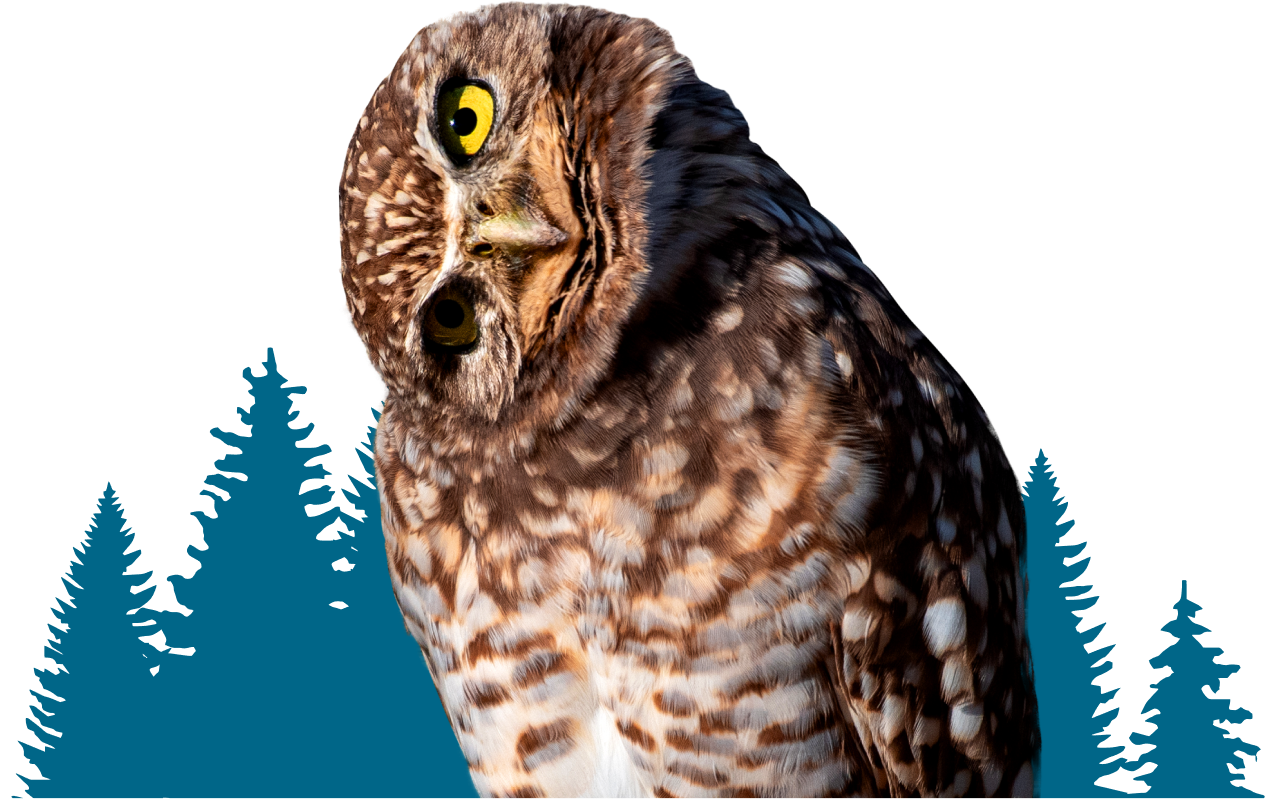Rare Species
“How many rare species are in Nevada?"
There are many different ways of defining rare species.
| Designation | Animals | Plants |
| Federally endangered | 27 | 3 |
| Federally threatened | 10 | 9 |
| State endangered | 23 | 25 |
| State threatened | 6 | |
| State sensitive | 28 | |
| Species that live only in Nevada (endemic) | 212 | 133 |
| Species with fewer than 6 populations in Nevada (S1) | 282 | 298 |
| Species that have gone extinct in Nevada | 19 | 1 |
"Which species are rare/endangered/protected in Nevada?"
Nevada’s rarest plants and animals are protected by both state and federal laws. Visit our Laws and Regulations page to view lists of protected species. More information can also be found on the NDNH Tracking List page, and you can use the List Search function in our Explore Species Tool to download lists of protected species.
"Who do I call if I think I have protected species on my land?"
You can Request Data from our database to see if there are existing records of rare species on your land. If you need help identifying a rare species, please email photos to contactndnh@heritage.nv.gov so we can connect you with the right biologist to help you. If you have a known population of a rare species, email us at contactndnh@heritage.nv.gov and we can connect you with a biologist or agency who can answer your questions.
"I think I found a rare species, can someone help me identify it?
Please send photos to contactndnh@heritage.nv.gov and our staff will help identify it or refer you to a specialist. If you have a physical specimen, please email us at contactndnh@heritage.nv.gov for help sending it to us or to a state natural history museum.
“How can I help look for ...?”
There are many opportunities to help document Nevada wild plants and animals. We recommend starting with the free app iNaturalist. You can use it to document sightings of any living thing, anywhere in the world. Many local organizations use it to collect observations during bioblitzes, which are gatherings of community members and scientists focused on documenting plants and animals within a specific area. Follow our NDNH Track List project for updates about local events. There are also many other community science projects that you can get involved with to help.
Wildlife
"I found a baby bird. What should I do?"
Baby birds can leave the nest when they're learning to fly. The parents are likely nearby and will continue to take care of them. If you find an orphaned bird on the ground it is best to leave it alone or move it to a safe place very close by if you think it is in danger. For more information visit the Lahontan Audubon Society or Nevada Department of Wildlife website. If you find an injured bird, contact a wildlife rehabilitator.
"I found a bat. What should I do?"
Bats can carry rabies. Do not touch or pick up a bat unless you are a wildlife professional and have your rabies vaccinations. If you think you or your pet have been bitten or scratched by a bat, contact your health care or veterinary provider immediately. Also contact the Nevada Department of Agriculture Animal Disease Lab before you attempt to pick up a bat, alive or dead. If a bat is roosting high off the ground, it likely will not pose any threat and will leave in the evening. For more information, visit the Nevada Department of Wildlife or Nevada Department of Agriculture website.
Historic buildings & artifacts
"Can you tell me if my building is historical?"
For questions about historic buildings, please contact the State Historic Preservation Office.
"I found a Native American artifact, what should I do?"
For questions about artifacts, please contact the State Historic Preservation Office.
Language access
"What do I do if I need services or data provided in another language?"
NDNH is committed to providing meaningful access to services for individuals with disabilities and limited English proficiency, at no cost to the individuals. The NDNH Language Access Plan can be found here. For other questions about access questions, please call 775-684-2900 or contactndnh@heritage.nv.gov ¿Preguntas sobre el acceso al idioma? 775-684-2900 o contactndnh@heritage.nv.gov
